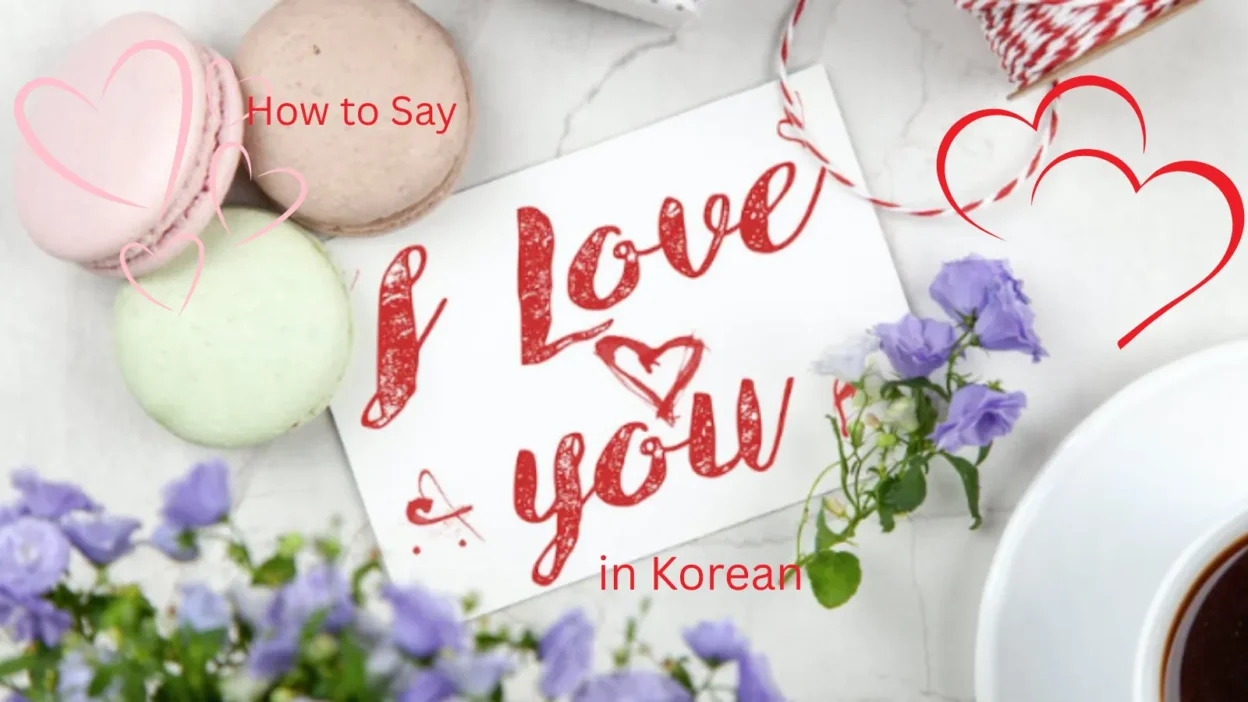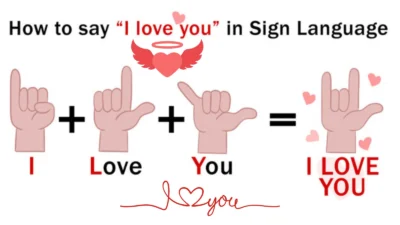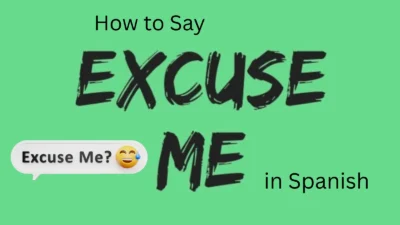Saying I love you is one of the most powerful expressions in any language—and in Korean, it’s no different.
But did you know there’s more than one way to say it, depending on your relationship, age, or even social setting? Korean language and culture emphasize respect, emotion, and nuance—so how you say I love you can speak volumes about your connection. Whether you’re confessing your feelings for the first time or saying it to your longtime partner, this guide will help you say it just right.
Say I Love you in Korean
Let’s explore 15 heartfelt ways to say I love you in Korean, complete with dialogues and cultural context.
1. 사랑해 (saranghae) – “I love you” (Informal)
Origin:
The most commonly used phrase between lovers or close friends. Derived from the root 사랑 (sarang) meaning “love” and 하다 (hada) meaning “to do.”
Example:
👤 User A: 너 많이 생각했어. 사랑해.
👤 User B: 나도 사랑해!
Use: Between close couples, usually of similar age or younger.
2. 사랑해요 (saranghaeyo) – “I love you” (Polite)

Origin:
This is the polite form of “사랑해,” used when more respect or emotional formality is needed.
Example:
👤 User A: 항상 고마워요. 사랑해요.
👤 User B: 저도 사랑해요.
Use: Used in public, with elders, or during more respectful conversations.
3. 사랑합니다 (saranghamnida) – “I love you” (Formal)
Origin:
The most formal way, often used in speeches, weddings, or public declarations of love.
Example:
👤 User A: 저는 당신을 진심으로 사랑합니다.
👤 User B: 감사합니다. 저도 사랑합니다.
Use: Very respectful situations, like proposals or formal writing.
4. 보고 싶어 (bogo sipeo) – “I miss you” (Implied love)

Origin:
Literally means “I want to see you.” In Korean culture, missing someone deeply implies love.
Example:
👤 User A: 요즘 너무 보고 싶어.
👤 User B: 나도. 사랑해.
Use: Intimate, often used in long-distance relationships.
5. 좋아해 (joahae) – “I like you”
Origin:
Used during early stages of dating or when confessing feelings. “좋다” means “to like.”
Example:
👤 User A: 나… 너 좋아해.
👤 User B: 진짜? 나도 너 좋아해!
Use: Flirty or sweet; often before saying “I love you.”
6. 널 사랑해 (neol saranghae) – “I love you” (emphasizing “you”)
Origin:
“널” is the contracted form of “너를” (you + object particle). Adds focus on the person.
Example:
👤 User A: 다른 누구도 아니야. 널 사랑해.
👤 User B: 나도 너뿐이야.
Use: Romantic and passionate.
7. 많이 사랑해 (mani saranghae) – “I love you a lot”

Origin:
“많이” means “a lot” or “so much.” A stronger version of “saranghae.”
Example:
👤 User A: 오늘따라 많이 사랑해.
👤 User B: 나도 엄청 많이 사랑해.
Use: Deep emotional expression in loving moments.
8. 평생 사랑할게 (pyeongsaeng saranghalge) – “I will love you forever”
Origin:
“평생” means “a lifetime.” Often used in proposals or vows.
Example:
👤 User A: 평생 사랑할게. 우리 결혼하자.
👤 User B: 눈물 나… 나도 사랑할게.
Use: Deep, lasting romantic commitment.
9. 내 마음 알아? (nae maeum ara?) – “Do you know how I feel?”
Origin:
An indirect way of saying “I love you,” used often in K-dramas to build tension.
Example:
👤 User A: 아직도 내 마음 몰라?
👤 User B: 알아… 나도 사랑해.
Use: Confessional, emotional, indirect.
10. 내 전부야 (nae jeonbuya) – “You’re my everything”

Origin:
Literally “You are my everything.” Found in many Korean love songs and dramas.
Example:
👤 User A: 넌 내 전부야.
👤 User B: 나도 너 없인 못 살아.
Use: Very romantic and dramatic.
11. 너 없인 못 살아 (neo eopsin mot sara) – “I can’t live without you”
Origin:
Often used in melodramatic contexts. Popular in K-pop ballads and K-dramas.
Example:
👤 User A: 너 없인 못 살아. 진심이야.
👤 User B: 나도 그래. 절대 헤어지지 말자.
Use: Passionate and emotional.
12. 내 사랑 (nae sarang) – “My love”
Origin:
A possessive, affectionate nickname. Used between couples instead of a name.
Example:
👤 User A: 잘 잤어, 내 사랑?
👤 User B: 응~ 사랑해.
Use: Cute, romantic nickname.
13. 당신을 사랑해요 (dangshineul saranghaeyo) – “I love you” (To spouse/formal)
Origin:
“당신” is a formal word for “you” often used between married couples.
Example:
👤 User A: 당신을 평생 사랑할게요.
👤 User B: 나도요. 항상 함께해요.
Use: Married couples or formal, respectful love declarations.
14. 나랑 사귈래? (narang sagwillae?) – “Will you go out with me?”
Origin:
A common way to confess romantic interest—used before “I love you.”
Example:
👤 User A: 나 너 좋아해. 나랑 사귈래?
👤 User B: 응… 사귀자!
Use: Confession stage; before love is fully declared.
15. 내 곁에 있어줘 (nae gyeote isseojwo) – “Stay by my side”
Origin:
A poetic and emotional phrase used in dramas and love letters.
Example:
👤 User A: 힘들 때도 내 곁에 있어줘.
👤 User B: 항상 함께할게. 사랑해.
Use: Emotional, used to deepen emotional connection.
FAQs
1. How do you say “I love you” in Korean?
The most common way is 사랑해 (Saranghae) for casual situations with close friends, family, or a romantic partner.
2. How do you say “I love you” politely or formally?
Use 사랑합니다 (Saranghamnida) to sound respectful, suitable for formal settings or someone older.
3. Can I use “I love you” with friends in Korea?
Yes, but usually 사랑해 is reserved for close friends or family in a warm, affectionate way, not casual acquaintances.
4. Are there slang or cute ways to say “I love you”?
Some younger people use 사랑해요 (Saranghaeyo) for a polite but still casual tone, or shorten it in texts to 사랑행.
5. How do I express love in a romantic way?
Say 난 너를 사랑해 (Nan neoreul saranghae) meaning “I love you” directly to a partner, adding emphasis on the subject.
6. Can body language enhance saying “I love you” in Korean?
Yes! Smiling, eye contact, or a small bow can make the expression more heartfelt.
7. How do kids usually say “I love you” in Korea?
Young children might mimic adults and say 사랑해요 or show affection with hugs while speaking.
8. Is it common to say “I love you” in daily life in Korea?
Koreans often express love more subtly, using actions or phrases like 보고 싶어 (Bogo sipeo) – “I miss you.”
9. Can I say “I love you” in Korean in text messages?
Yes! 사랑해, 사랑해요, or emojis ❤️ are frequently used in texts.
10. What’s the difference between 사랑해, 사랑해요, and 사랑합니다?
사랑해 – casual/informal; 사랑해요 – polite/casual; 사랑합니다 – formal/respectful. Choose based on relationship and setting.
Conclusion:
Learning how to say I love you in Korean goes beyond just words—it’s about understanding the cultural values, levels of respect, and emotional depth behind each phrase. By choosing the right expression for the right moment, you’ll not only communicate your feelings but also strengthen your bond in a truly meaningful way.



